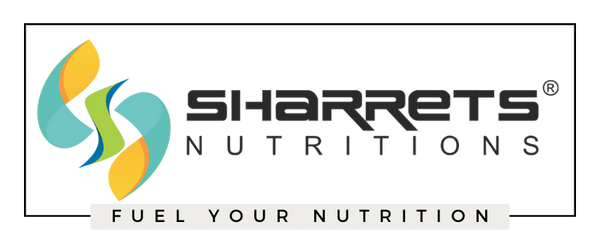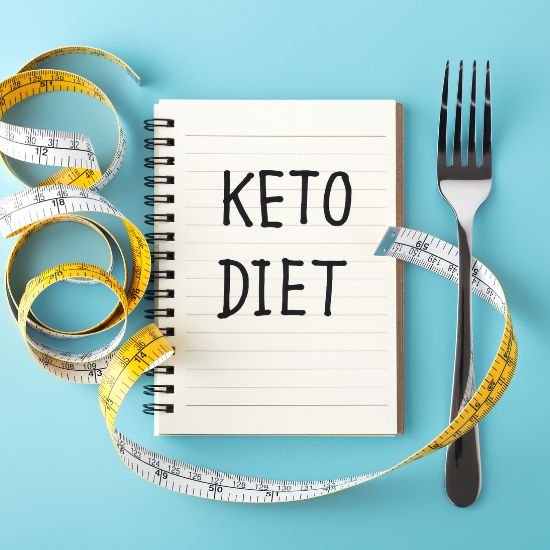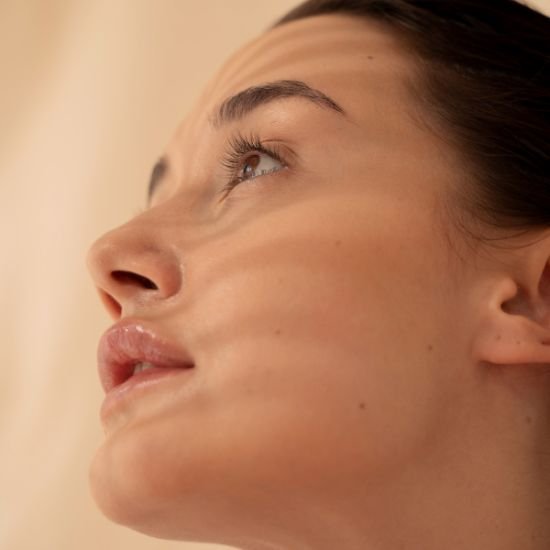
Health Benefits and Sources of Vitamin D
Share
Vitamin D Facts, Health Benefits, Sun Exposure, Sources
In this article , we will be putting the spotlight, or perhaps sunlight, on vitamin D !
The most well-known role of Vitamin D in the body is for bone health, and there is considerable research interest in identifying other ways that it can support our health. Despite its name, Vitamin D is not a vitamin in the strictest sense. On the one hand it is essential and is obtained from the diet like the other vitamins. On the other hand, and unlike all the other vitamins, our bodies can also make it when our skin is exposed to sunlight.
So there are two sources of Vitamin D: dietary sources, and the sun [Ref.1].

Vitamin D and bone health
Vitamin D is recognized for being a critical nutrient in bone health. It helps the intestines to absorb the bone mineral calcium from the diet. People with vitamin D deficiency will develop weakened bones. In children, this disease is called rickets.
The lack of vitamin D means that bones cannot accumulate bone mineral normally, which leads to permanent bone deformities when untreated. In adults, the disease is less severe because the skeleton has already formed, however deficiency places people are at greater risk of bone fractures [Ref.1].
Additional roles for vitamin D are also recognized as supporting normal muscle function [Ref.2], it may be involved in the metabolism of cells [Ref.1], and some research suggests it is active in the immune system [Ref 3-5].
Dietary sources
There are few good dietary sources of vitamin D.
Two forms of vitamin D are found in food, namely vitamin D2 from mushrooms, and vitamin D3 from animal-based foods especially fish.
Although it seems that vitamin D3 is a little more effective at increasing levels of vitamin D in the body, both can be used to prevent deficiency [Ref.6]. Using the most authoritative food composition database [Ref.7], the top foods containing vitamin D include cod liver oil, mushrooms that have been exposed to UV light, and oily fish such as salmon, mackerel and eel. Of foods that are eaten more commonly, egg yolk is a reasonable source of vitamin D, as are fortified breakfast cereals, milk and margarine's.
The number of foods that contribute to vitamin D intakes is rather restricted, and may explain why so many people around the world have inadequate intakes [Ref. 8-12].
The body’s production of Vitamin D
Skin production from sunlight exposure is another way for people to obtain their vitamin D. UVB light from the sun reacts with molecules in the skin to make vitamin D [Ref 13].
However, there are two major caveats to this option. First of all, not all sunlight will produce vitamin D.
The sunlight has to be strong enough. Geography is very important. Living closer to the equator means that vitamin D can be produced in the skin year-round, but closer to the poles no vitamin D will be produced in the winter time. Cloud cover, wearing sunscreen, and covering up from the sun with long-sleeved clothing will all block vitamin D production.
Obtaining vitamin D from the sun has several negative effects. Ultra violet light from the sun is a major cause of damage to the skin and eyes, increasing risk of skin cancer and cataracts [Ref.14]. There is also a temporary weakening of the immune system from too much exposure to the sun [Ref.15].
Guidelines for “safe” sun exposure are available in many countries however these are very general at best.
The sun’s strength varies through the seasons, with cloud cover and according to time of day, which makes it complicated to estimate the amount of time needed to produce vitamin D without burning [Ref.15]. It is difficult to advise people on how to obtain vitamin D from the sun without placing them at increased risk of skin cancer.
Vitamin D is an essential micronutrient however it seems that it is difficult for many people to get enough vitamin D from the diet. While our bodies can also make vitamin D from strong sunlight, this places us at greater risk of skin cancer or eye damage.
Dietary supplements or foods fortified with vitamin D can provide an adequate, known dose of vitamin D to prevent deficiency, support bone health, and help us maintain normally functioning muscles.
Click here to Shop Oral Spray of Liquid Vitamin D3 online in India .
References :
- Otten, J.J.; Hellwig, J.P.; Meyers, L.D. Dietary reference intakes: the essential guide to nutrient requirements. The National Academies Press: Washington, DC., 2006.
- Girgis, C.M.; Clifton-Bligh, R.J.; Turner, N.; Lau, S.L.; Gunton, J.E. Effects of vitamin D in skeletal muscle: falls, strength, athletic performance and insulin sensitivity. Clin Endocrinol (Oxf) 2014, 80, 169-181. 10.1111/cen.12368.
- Wimalawansa, S.J. Non-musculoskeletal benefits of vitamin D. J Steroid Biochem Mol Biol 2018, 175, 60-81. 10.1016/j.jsbmb.2016.09.016.
- Vanherwegen, A.S.; Gysemans, C.; Mathieu, C. Regulation of Immune Function by Vitamin D and Its Use in Diseases of Immunity. Endocrinol Metab Clin North Am 2017, 46, 1061-1094. 10.1016/j.ecl.2017.07.010.
- Sharif, K.; Sharif, Y.; Watad, A.; Yavne, Y.; Lichtbroun, B.; Bragazzi, N.L.; Amital, H.; Shoenfeld, Y. Vitamin D, autoimmunity and recurrent pregnancy loss: More than an association. Am J Reprod Immunol 2018, e12991. 10.1111/aji.12991.
- Oliveri, B.; Mastaglia, S.R.; Brito, G.M.; Seijo, M.; Keller, G.A.; Somoza, J.; Diez, R.A.; Di Girolamo, G. Vitamin D3 seems more appropriate than D2 to sustain adequate levels of 25OHD: a pharmacokinetic approach. Eur J Clin Nutr 2015, 69, 697-702. 10.1038/ejcn.2015.16.
- United States Department of Agriculture (USDA). USDA Food Composition Databases. Available online: https://ndb.nal.usda.gov/ndb/nutrients/index (Accessed on Accessed 22 June 2018).
- Troesch, B.; Hoeft, B.; McBurney, M.; Eggersdorfer, M.; Weber, P. Dietary surveys indicate vitamin intakes below recommendations are common in representative Western countries. Br J Nutr 2012, 108, 692-698. 10.1017/S0007114512001808.
- Bener, A.; Al-Ali, M.; Hoffmann, G.F. Vitamin D deficiency in healthy children in a sunny country: associated factors. Int J Food Sci Nutr 2009, 60 Suppl 5, 60-70. 10.1080/09637480802400487.
- Ovesen, L.; Andersen, R.; Jakobsen, J. Geographical differences in vitamin D status, with particular reference to European countries. Proc Nutr Soc 2003, 62, 813-821. 10.1079/PNS2003297.
- Pedersen, J.I. Vitamin D requirement and setting recommendation levels - current Nordic view. Nutr Rev 2008, 66, S165-169. 10.1111/j.1753-4887.2008.00101.x.
- Peters, B.S.; dos Santos, L.C.; Fisberg, M.; Wood, R.J.; Martini, L.A. Prevalence of vitamin D insufficiency in Brazilian adolescents. Ann Nutr Metab 2009, 54, 15-21. 10.1159/000199454.
- Reichrath, J.; Nurnberg, B. Cutaneous vitamin D synthesis versus skin cancer development: The Janus faces of solar UV-radiation. Dermatoendocrinol 2009, 1, 253-261.
- World Health Organisation. INTERSUN - The global UV Project: A guide and compendium. 2003.
- Lucas, R.M.; Neale, R.E.; Madronich, S.; McKenzie, R.L. Are current guidelines for sun protection optimal for health? Exploring the evidence. Photochem Photobiol Sci 2018. 10.1039/c7pp00374a.

















